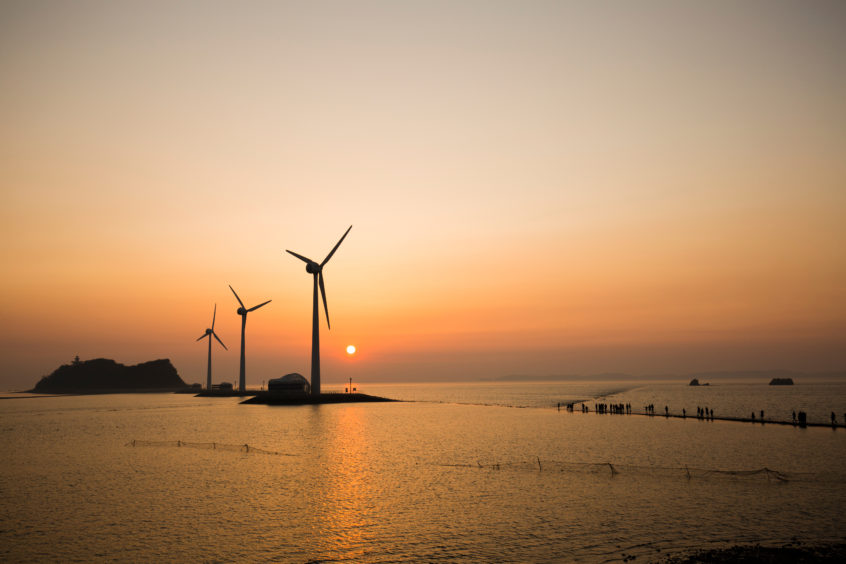
A potential resurgence in nuclear power combined with increasing renewable energy capacity could see less liquefied natural gas (LNG) fueled power projects built in South Korea than previously anticipated.
Investments in nuclear generation, distributed solar, and even offshore wind power, are looking more economically attractive versus LNG-to-power projects, delegates at the Wood Mackenzie Power and Renewables conference APAC heard on Thursday.
Distributed solar will surpass all other investments in power with $32 billion set to be spent on the renewable energy technology from 2022 to 2031. Investments in nuclear are forecast at $31 billion, including the Shin Hanui 3&4 units, data from Wood Mackenzie showed. Investment in gas-fired power generation is projected at $16 billion, while offshore wind comes in at $28 billion. Last year 25% of South Korea’s power came from nuclear, while only 5% was fuelled by solar and wind. Targets to hit 30% nuclear and 15% renewables by 2030 seem ambitious, but possible, reckons the research firm.
Ken Lee, principal analyst at the research company, said the economics for nuclear generation were compelling compared with LNG-to-power. The levelized cost of electricity from nuclear in South Korea is expected to be $70-75 per MW/hr, versus a combined cycle gas plant at $100-140 per MW/hr, or even higher based on today’s global LNG prices, he added.
Nuclear is also seen as a cleaner source of energy compared with other power generation fuels. Its pricing is also more stable and therefore easier to predict future costs.
The rise of cheaper nuclear coming back for baseload generation would makes future LNG-to-power developments more challenging, Lee noted. South Korea has some 13GW of LNG-to-power projects planned as the country seeks to cut its reliance on coal-fired power – expected to peak in 2024 before declining.
However, there will not be much impact from the nuclear resurgence on rising renewable energy capacity, as distributed solar is driving the outlook, as well as offshore wind in the future, said Lee.
South Korea is one of the few countries in Asia Pacific, including China, Japan, Taiwan, and Australia, where offshore wind can really take off. Still, it is currently one of the most expensive forms of levelized electricity at $120-170 per MW/hr for new build unsubsidised projects. But Wood Mackenzie sees a turning point in the early 2030s when offshore wind will compete with gas-fired power. Although given surging global gas prices, offshore wind could be competitive as early as the mid-2020s, added Lee.
Conservative opposition leader Yoon Suk-yeol won the South Korean presidential election on March 9 for a five-year term. Significantly, Yoon has made no secret of his desire to undo the previous administration’s nuclear phase-out policies. Instead, he has pledged to embrace nuclear power as a more cost-effective energy option for the import dependent nation.
His energy policies will focus on the “concurrent development of nuclear and renewables, the latter focused on solar, as part of broader decarbonisation, and has also vowed to restore South Korea’s nuclear capability to among the world’s best, namely in tech exports and manufacturing of small modular reactors,” Fitch Solutions said in a report earlier this year.
Recommended for you

